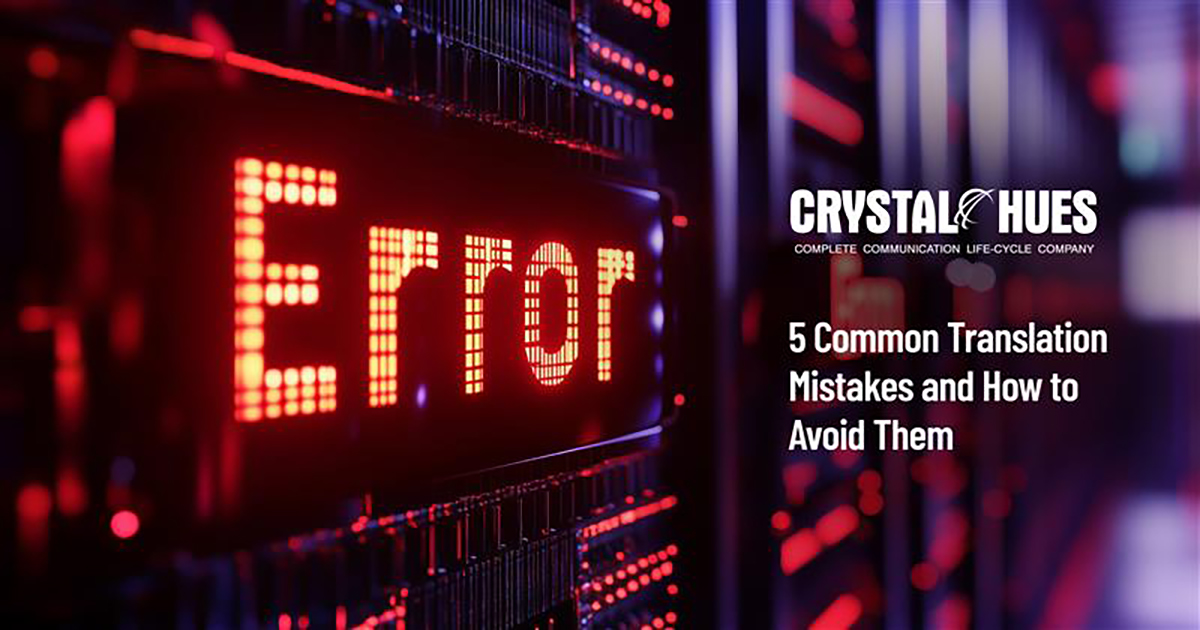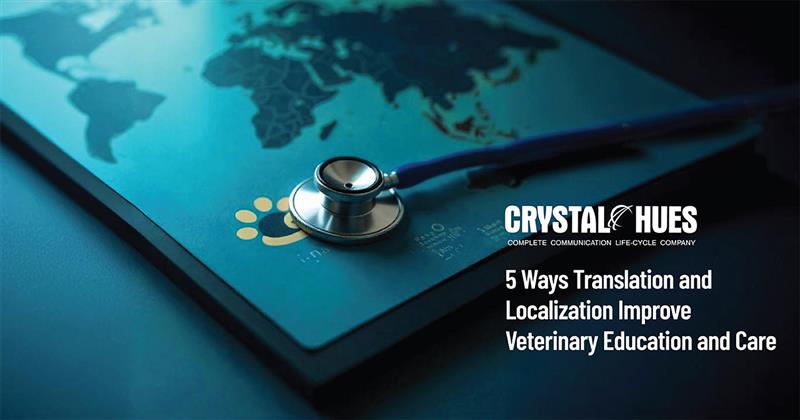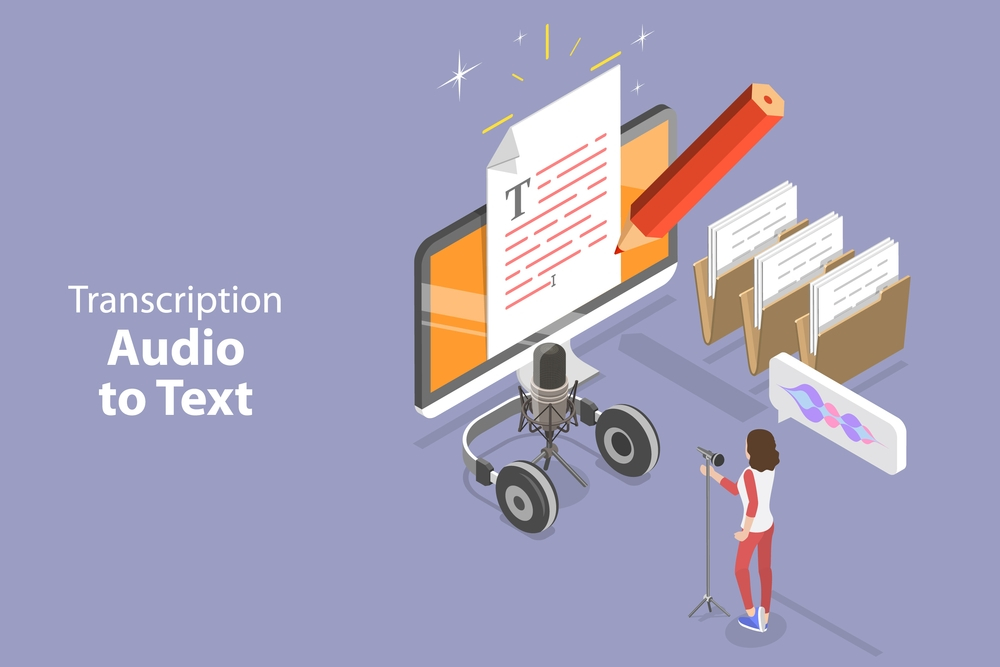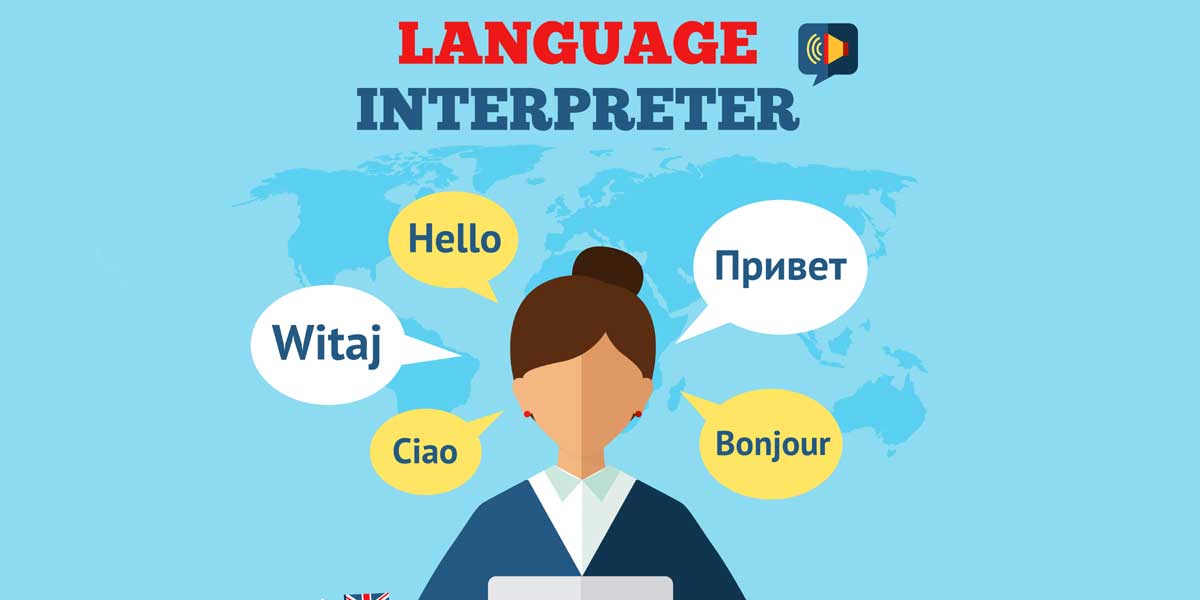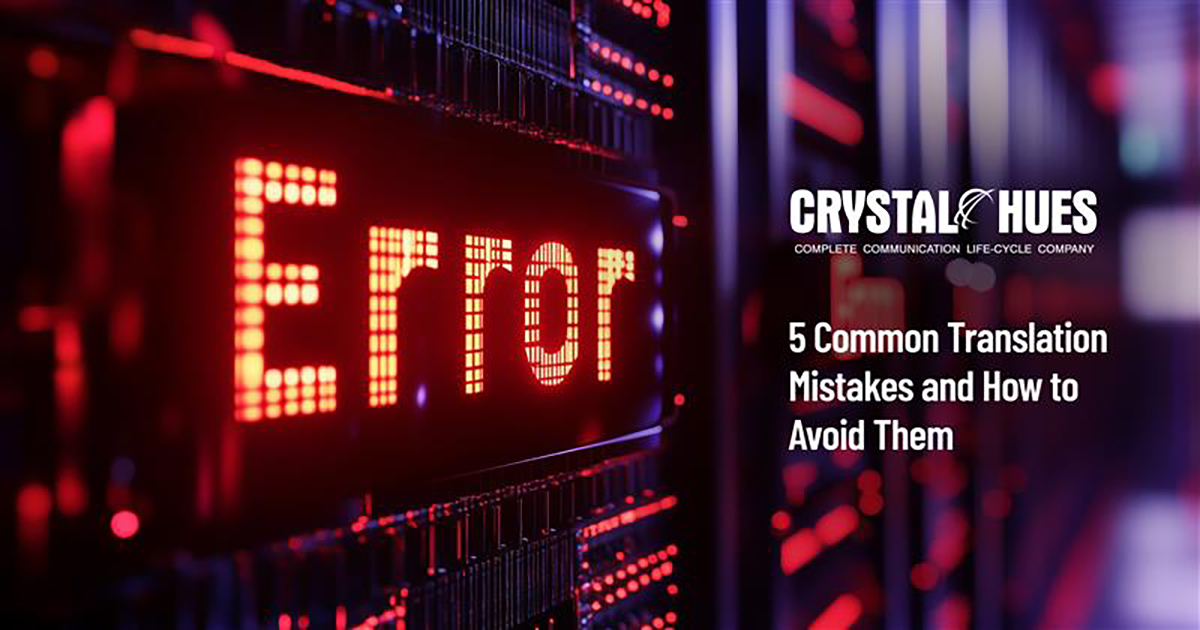
Lost in Translation: 5 Common Translation Mistakes and How to Avoid Them
Think about a legal contract with a glaring oversight due to misinterpretation. Or think of a marketing tagline that is offensive to an entire culture. Translation should not be thought of as a mechanical process—it's a high-stakes art. Accurate vs Inaccurate translations can make or break your content.
Every misinterpretation, even the most innocuous or flagrant, can misinterpret meaning, dissolve trust, or even catalyze an incident.
In this discussion, we will analyze translation error types, outline how to diagnose them, and show how to remedy the error by taking the translation from a task to an art.
Common Translation Errors
1) Literal Translation Bloopers
Direct word-for-word exchanges can lead to absurd results. The Spanish “Está lloviendo a cántaros” (“It’s raining pitchers,”) is incorrectly rendered literally as “It’s raining jugs,” and not idiomatically as “It’s raining cats and dogs.” These types of errors take life out of the original language.
2) Cultural Blind Spots
Idioms, humor, and metaphors are culture-bound. IKEA named a desk “FARTFULL” in Sweden, which is translated to mean “speedy,” but it completely missed the cultural resonance.
Pepsi’s “Bring Your Ancestors Back to Life” campaign faltered when the phrase was misinterpreted as "Pepsi brings your ancestors back from the grave." This mistranslation was particularly problematic in China, where ancestral respect is a deeply ingrained cultural value.
3) False Friends & Meaning Changes
Perhaps the most linguistically charged landmines come from words that sound innocuous but can have quite another meaning, like “embarazada” (pregnant, Spanish) compared to “embarrassed,” or “gift” (poison, German) compared to “gift” in English. These “false friends” are often built on complacency.
4) Register & Tone Deafness
Translating a casual blog into formal academic prose or vice versa will lose the audience. For example, if a medical document is supposed to have a formal tone, it loses credibility and professionalism if rendered colloquially.
5) Over-Reliance on Computers
While translation tools like Google Translate and DeepL excel at generating well-structured and fluent sentences, they often overlook subtleties in style, phrasing, and nuance.
A notable example of this is the Japanese proverb “猿も木から落ちる” (saru mo ki kara ochiru), which means “Even monkeys fall from trees.” In some instances, this saying has been humorously misinterpreted by machine translation as “Even monkeys explode from trees,” illustrating the limitations of automated translation when it comes to capturing cultural context and idiomatic expressions.
How to Spot Hidden Errors
1) The “Fresh Eyes” Principle
Peer reviews are essential. A second translator might recognize some nuance that the first one missed. Certain slogans are designed for a product’s home market and could prove to be disastrous in other markets if translated word for word.
2) Back-Translation
Take the text and translate it back to the source language. The back-translation's meaning will reveal whether the intent in the original was not distorted (in an infamous example, “out of sight, out of mind” became “invisible insanity”).
3) Contextual Isolation
Read the translation out loud in its intended context. In Mandarin, does “Every Kiss Begins with Kay” still have that same rhythm as in English? In German, does the essence of an Italian-origin poem still hold?
4) Support, Not Replacement
QA tools such as Trados or Grammarly are useful, but nothing replaces experience and judgment. For example, use concordance searches to see that "battery" always referred to energy cells and not past criminal assault charges.
5) Seek Out Cultural Oracles
Engage native speakers and cultural consultants. They will certainly tell you that a thumbs-up emoji is considered offensive in the Middle East, or that red means luck in China but symbolizes mourning in South Africa.
The Fix
1) Utilize Dynamic Equivalence
Focus on meaning rather than interlinearity. For example, use "That's how the cookie crumbles," rather than "That's life!" if that would be more effective for the audience.
2) Glossaries & Style Guides: The Translator's Map
For specific fields, a glossary can help clarify that "virus" refers to computer malware instead of biological. Similarly, a style guide will help you maintain tone—light vs. serious—in the voice of the article and the expectation of the audience.
3) Localization Instead of Translation
Instead of translating, you might want to localize. When Netflix localized "Stranger Things" for Japan, they didn't just change the references to American 1980s pop culture and localize them, they reimagined them into Japanese 1980s pop culture.
4) Ethical Awareness
If you are translating legal or medical material, you should be careful and double-check everything because even a small error could change someone's life dramatically. For example, double-check that "monitoring" a patient is not translated as "controlling" the patient and giving the impression the patient is being coerced.
5) Continuous Learning
Look back once in a while. Have you ever made a mistake with "meet our team" turning into "meat our team". Was that autocorrect? Create your list of learning loops and build your error log.
The Bigger Picture: Translation as Cultural Mediation
Translation represents an act of ethical standing. For example, a misplaced comma in a contract, a mismatched pronoun in a novel, or a mistranslated safety manual breaks down meaning.
However, mistakes can also serve as opportunities: they remind us that language is living, fluid, and human.
Can we ever have a “perfect” translation?” Or does every act of translation change the original in some way? Or maybe we don’t care about perfection but resonance; a translation that feels at home in the new language, while never veering too far away from its source.
Translation is more than just swapping words—it’s about capturing meaning, context, and culture. From literal bloopers to cultural blind spots, we’ve explored how translation errors can dissolve meaning and trust.
However, on the bright side, these mistakes can be diagnosed and fixed with simple yet effective strategies like peer reviews.
At its core, translation is an art of mediation, where the goal isn’t perfection, but creating resonance—a bridge between languages that honors both the original and its new audience.
